There’s something magical about watching a whale breach the surface or swimming alongside colorful fish in crystal-clear waters. Though beautiful beaches and stunning sunsets might draw people to the coast, it’s often the underwater world that leaves the most lasting impression. Marine life has this incredible way of making humans feel both humbled and amazed — from tiny seahorses to massive whale sharks.
Although we’ve mapped roughly 20%–25% of the ocean floor with high-resolution technology, detailed biological exploration (like submersible dives and species surveys) likely remains under 5%. Every dive, snorkel, or boat trip still holds immense potential for discovery. Here’s a list of 20 seaside destinations where marine life truly takes center stage.
Great Barrier Reef, Australia
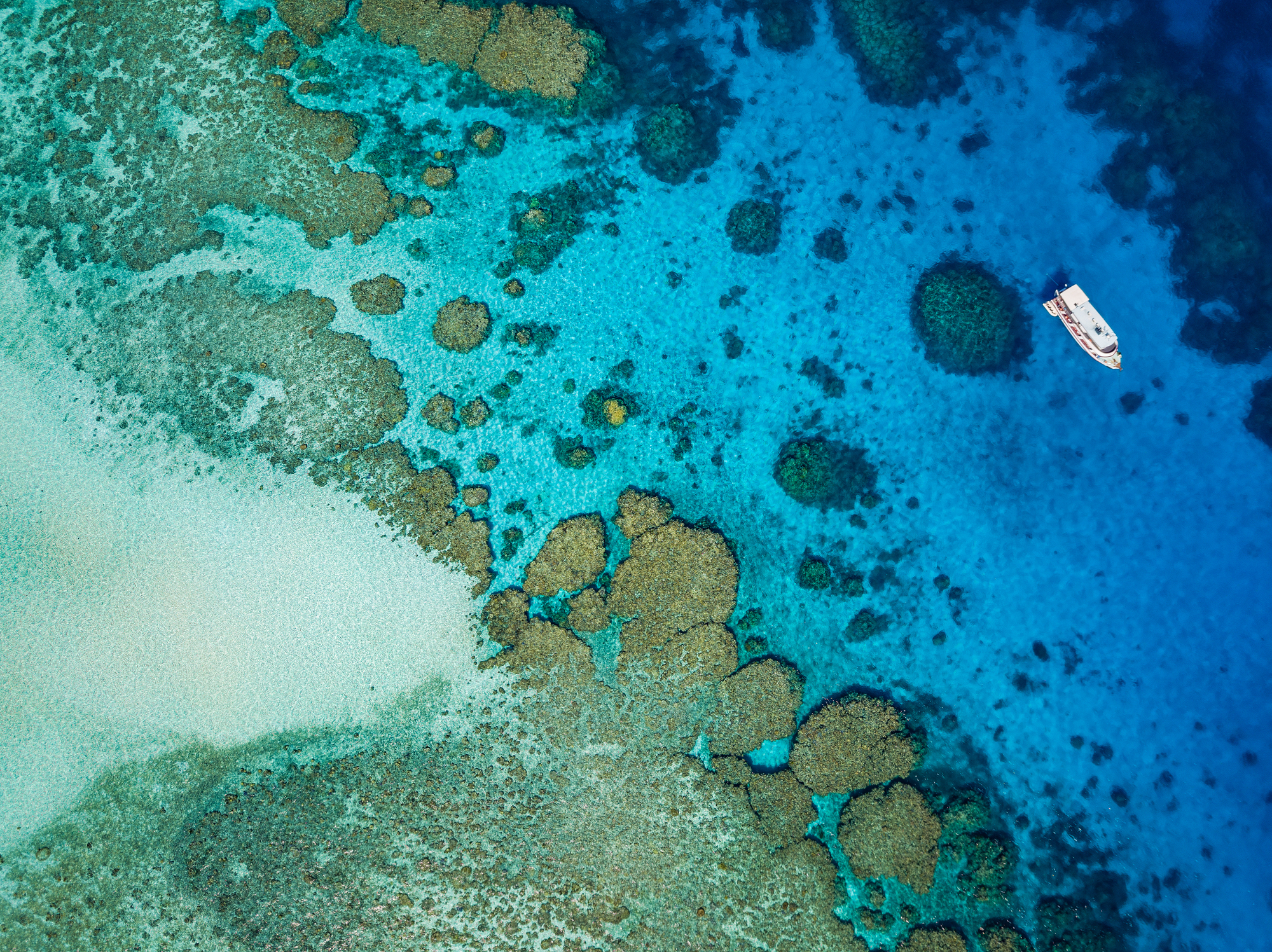
The world’s largest coral reef system stretches over 1,400 miles along Australia’s northeast coast. More than 1,500 species of fish call this underwater paradise home, along with sea turtles, rays, and reef sharks.
The sheer diversity here is mind-blowing, like visiting an aquarium that never ends.
Maldives, Indian Ocean
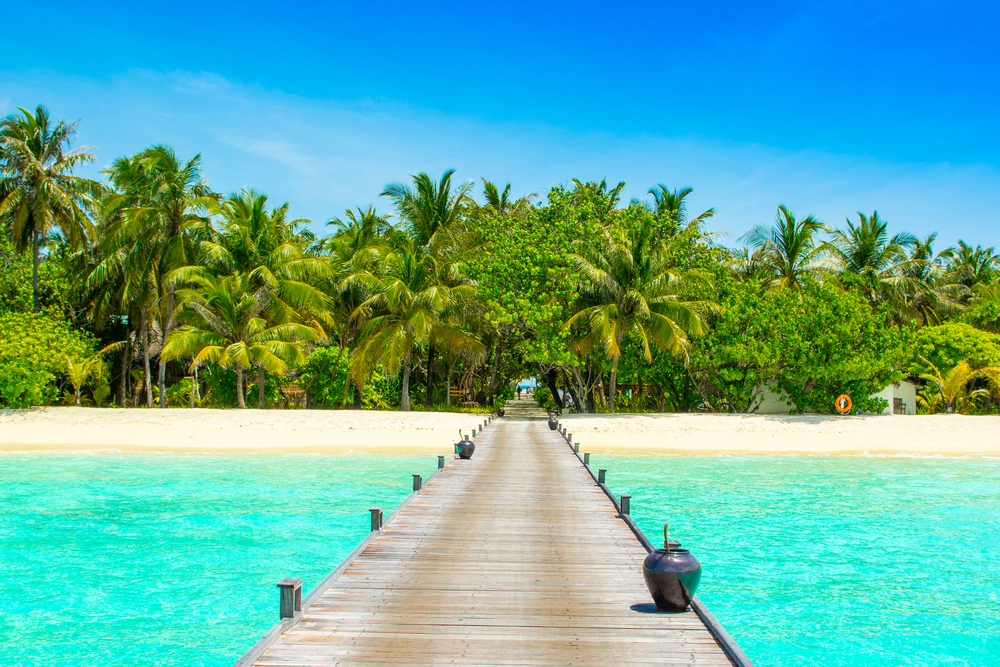
These 1,200 coral islands scattered across the Indian Ocean offer some of the most reliable marine encounters on Earth. Manta rays glide through cleaning stations while whale sharks cruise the deeper channels, creating underwater ballet performances that happen daily.
The water’s so clear that visitors can spot marine life from their overwater bungalows.
Like Travel Pug’s content? Follow us on MSN.
Galápagos Islands, Ecuador

Darwin’s living laboratory sits 600 miles off Ecuador’s coast, where fearless marine iguanas share the shores with playful sea lions. Hammerhead sharks gather in massive schools while giant tortoises lumber along beaches, proving that marine and terrestrial wildlife can coexist beautifully.
The animals here show no fear of humans, making every encounter feel like stepping into a nature documentary.
Monterey Bay, California
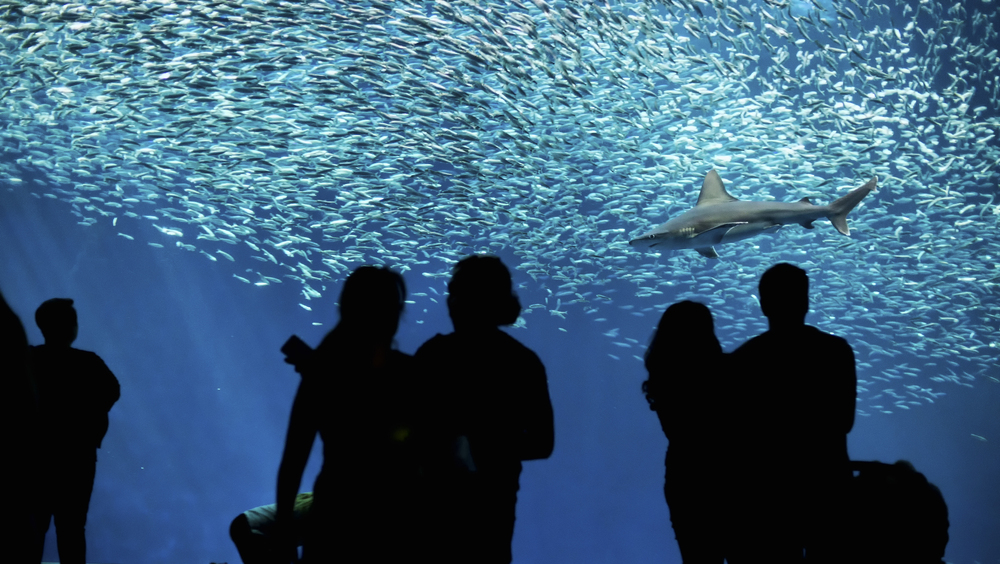
This underwater canyon rivals the Grand Canyon in depth and drama, creating upwelling currents that feed an incredible food chain. Sea otters wrap themselves in kelp while harbor seals and sea lions hunt in the nutrient-rich waters, though they’re not always successful.
The bay’s research facilities mean visitors are swimming in one of the most studied and protected marine environments in the world.
Azores, Portugal
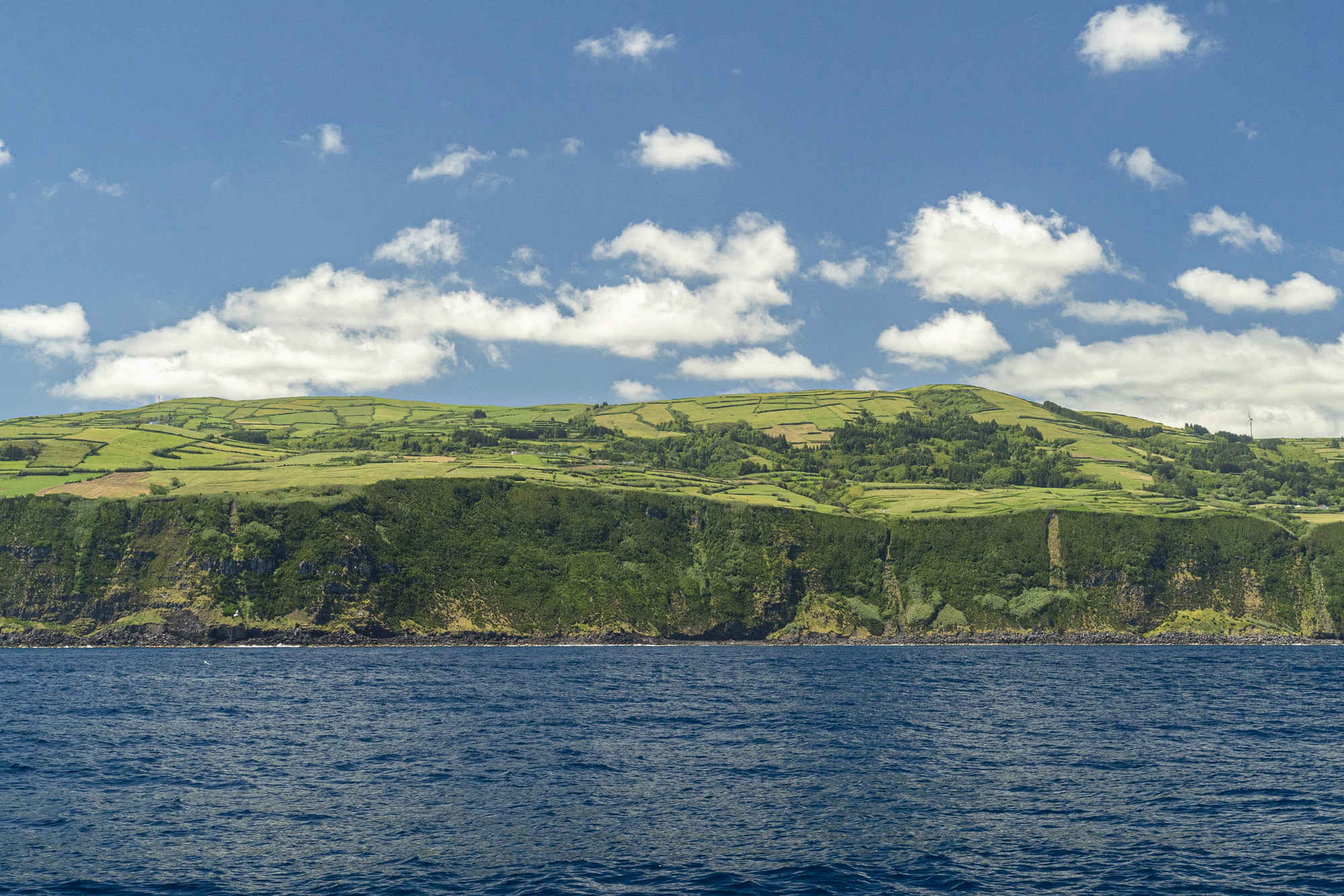
Nine volcanic islands in the middle of the Atlantic Ocean serve as a highway for migrating whales and dolphins. Blue whales — the largest animals ever to live on Earth — feed in these waters during the summer months.
The deep ocean drops off just a few miles from shore, bringing pelagic species surprisingly close to land, where people can spot them.
Like Travel Pug’s content? Follow us on MSN.
Raja Ampat, Indonesia
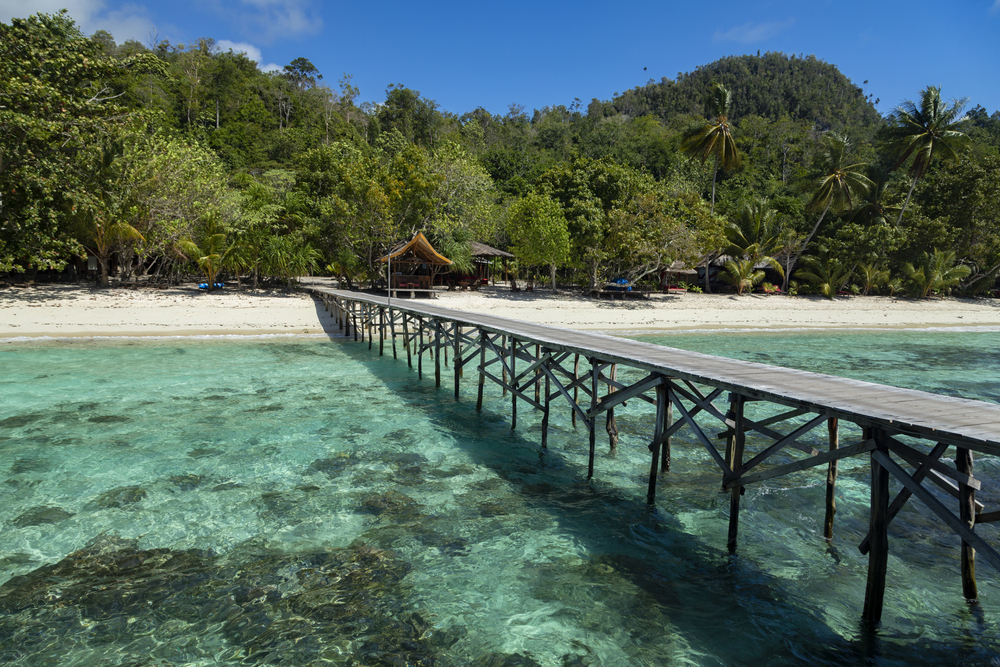
Known as the ‘Four Kings,’ this remote archipelago sits at the heart of marine biodiversity. Between 1,500 and 1,700 fish species live here, making it one of the most diverse marine regions on the planet.
Walking sharks patrol the shallows while massive schools of barracuda create living tornadoes in the blue water — nature’s underwater light show.
Red Sea, Egypt
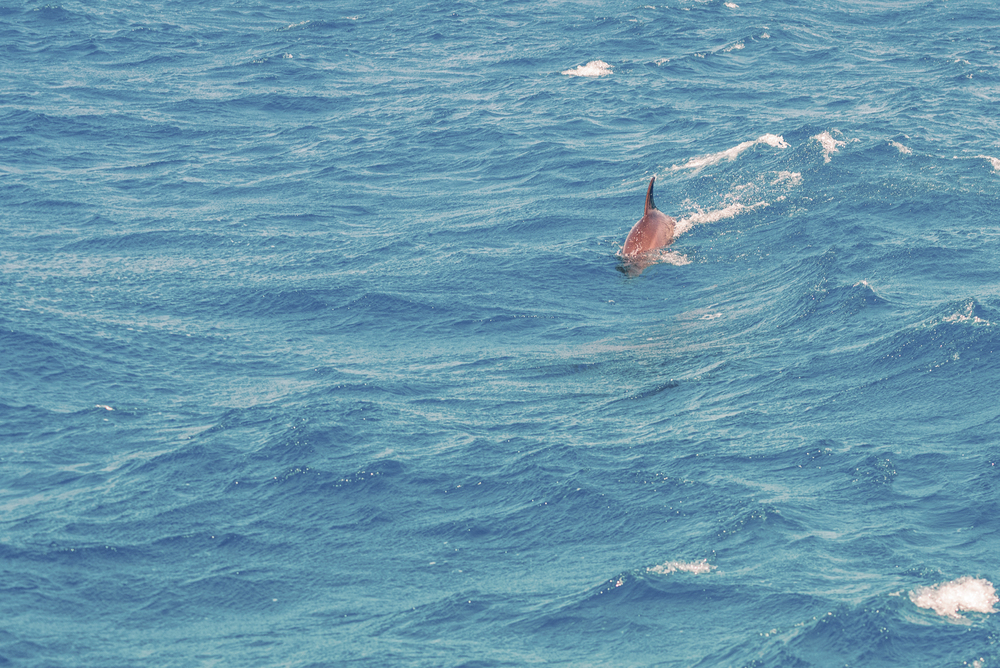
This narrow body of water between Africa and Asia hosts some of the most colorful coral reefs on Earth. Napoleon wrasse, the size of a small car, cruises the reef walls while tiny clownfish dart between anemone tentacles.
The water stays warm year-round, making it ideal for both marine life and the humans who come to visit them.
Ningaloo Reef, Australia

Western Australia’s best-kept secret runs for 160 miles along a sparsely populated coastline. Whale sharks arrive like clockwork each year, following coral spawning events that create massive feeding opportunities.
Visitors can walk off the beach and find themselves swimming above pristine coral gardens — no boat required.
Like Travel Pug’s content? Follow us on MSN.
Channel Islands, California

Often called the ‘Galápagos of California,’ these eight islands sit in remarkably productive waters just 20 miles from the mainland. Giant kelp forests create underwater cathedrals where sea lions play and harbor seals hunt, though the kelp can make navigation tricky for inexperienced divers.
The nutrient-rich currents support everything from tiny nudibranchs to massive blue whales.
Kona, Hawaii

The Big Island’s leeward coast drops into some of the deepest, clearest water in the Pacific Ocean. Manta rays gather at night feeding stations — their wingspans reaching up to 20 feet as they filter plankton from the water like living vacuum cleaners.
During winter months, humpback whales arrive from Alaska to breed in Hawaii’s warm waters, creating quite the spectacle for lucky observers.
Baja California, Mexico
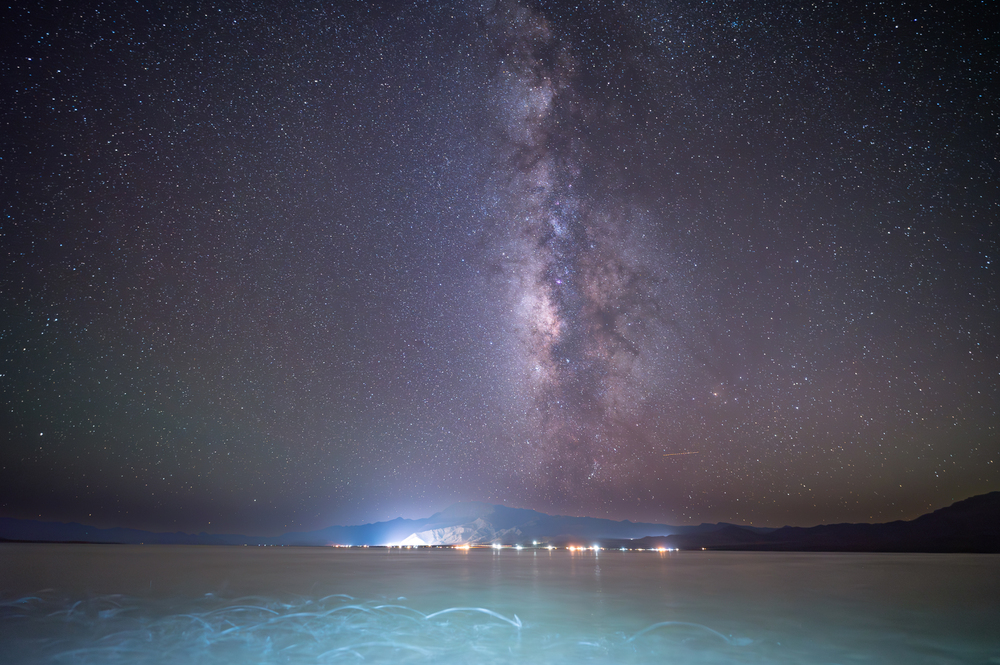
The Sea of Cortez, which Jacques Cousteau called ‘the world’s aquarium,’ separates this Mexican peninsula from the mainland. Gray whales complete their epic migration here, giving birth in protected lagoons while mothers teach their calves the essential survival skills they need.
The nutrient-rich waters support an incredible diversity of life, from tiny seahorses to massive whale sharks.
Like Travel Pug’s content? Follow us on MSN.
Faroe Islands, North Atlantic
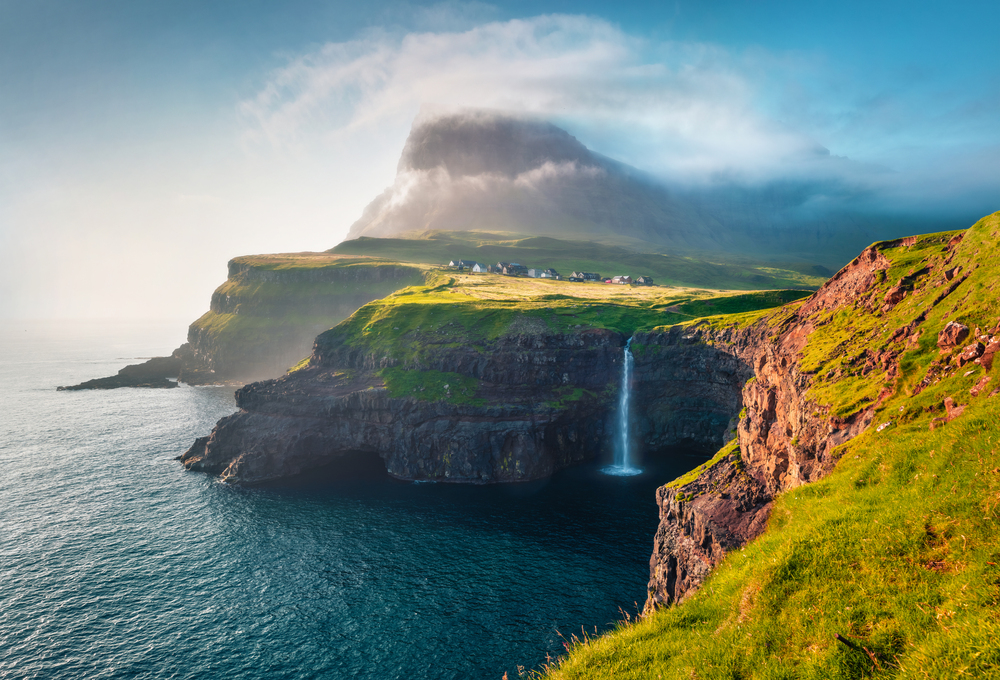
These 18 remote islands, located between Iceland and Norway, sit in some of the most productive waters in the North Atlantic. Pilot whales follow the Gulf Stream current past these rocky shores, while gannets and puffins nest on dramatic sea cliffs.
The cold, nutrient-rich water creates ideal conditions for marine life to thrive, though the weather can be pretty unpredictable.
Tonga, South Pacific

This Polynesian kingdom offers one of the few places on Earth where swimming with humpback whales is legal. Mother whales bring their newborn calves to these warm, protected waters each year from July to October.
Watching a 40-foot whale gently surface nearby creates memories that’ll last a lifetime, assuming your heart rate returns to normal.
Donsol, Philippines
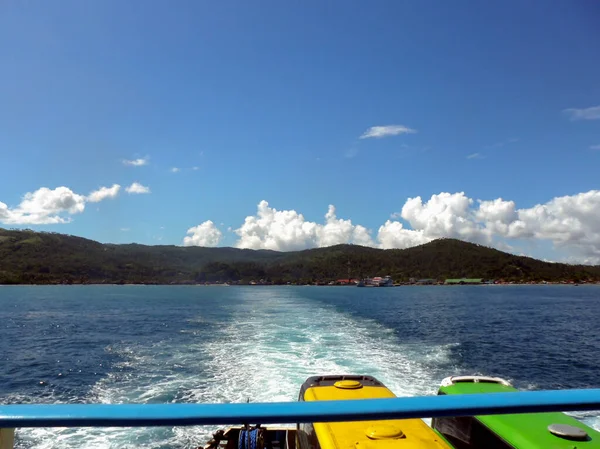
This small fishing town on Luzon Island has become the whale shark capital of the world. These gentle giants, the largest fish in the ocean, gather here to feed on plankton brought by seasonal currents.
Local fishermen who once hunted these creatures now serve as their protectors and guides, proving that conservation can benefit everyone involved.
Like Travel Pug’s content? Follow us on MSN.
Cocos Island, Costa Rica
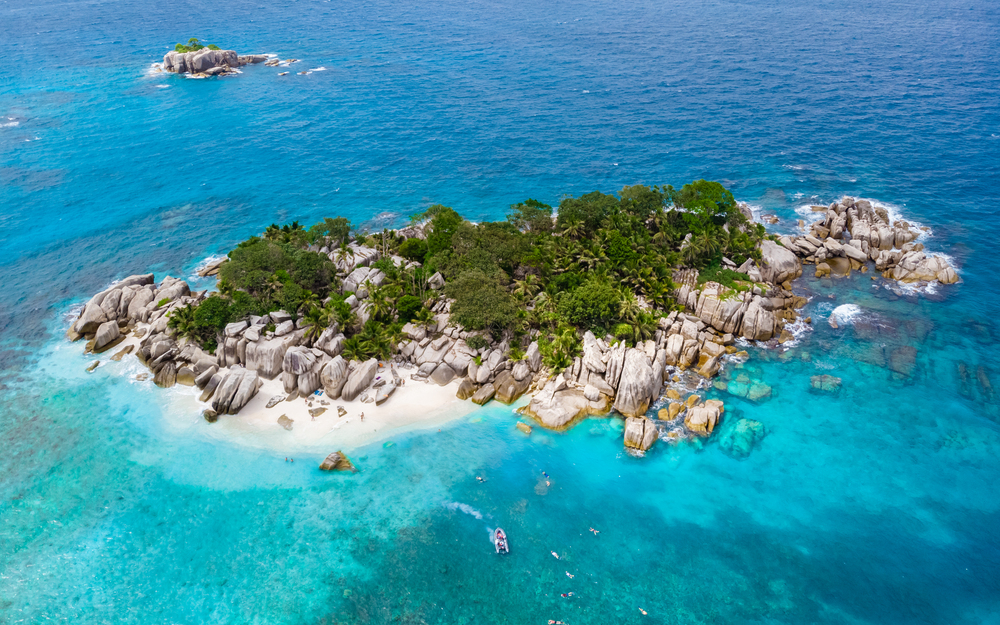
This uninhabited island, 300 miles off Costa Rica’s coast, sits in the middle of major ocean currents that attract massive schools of hammerhead sharks. Hundreds of these distinctive predators gather in underwater seamounts, creating one of the most thrilling diving experiences on the planet.
The island’s isolation has created a unique ecosystem that exists nowhere else on Earth.
Sardine Run, South Africa
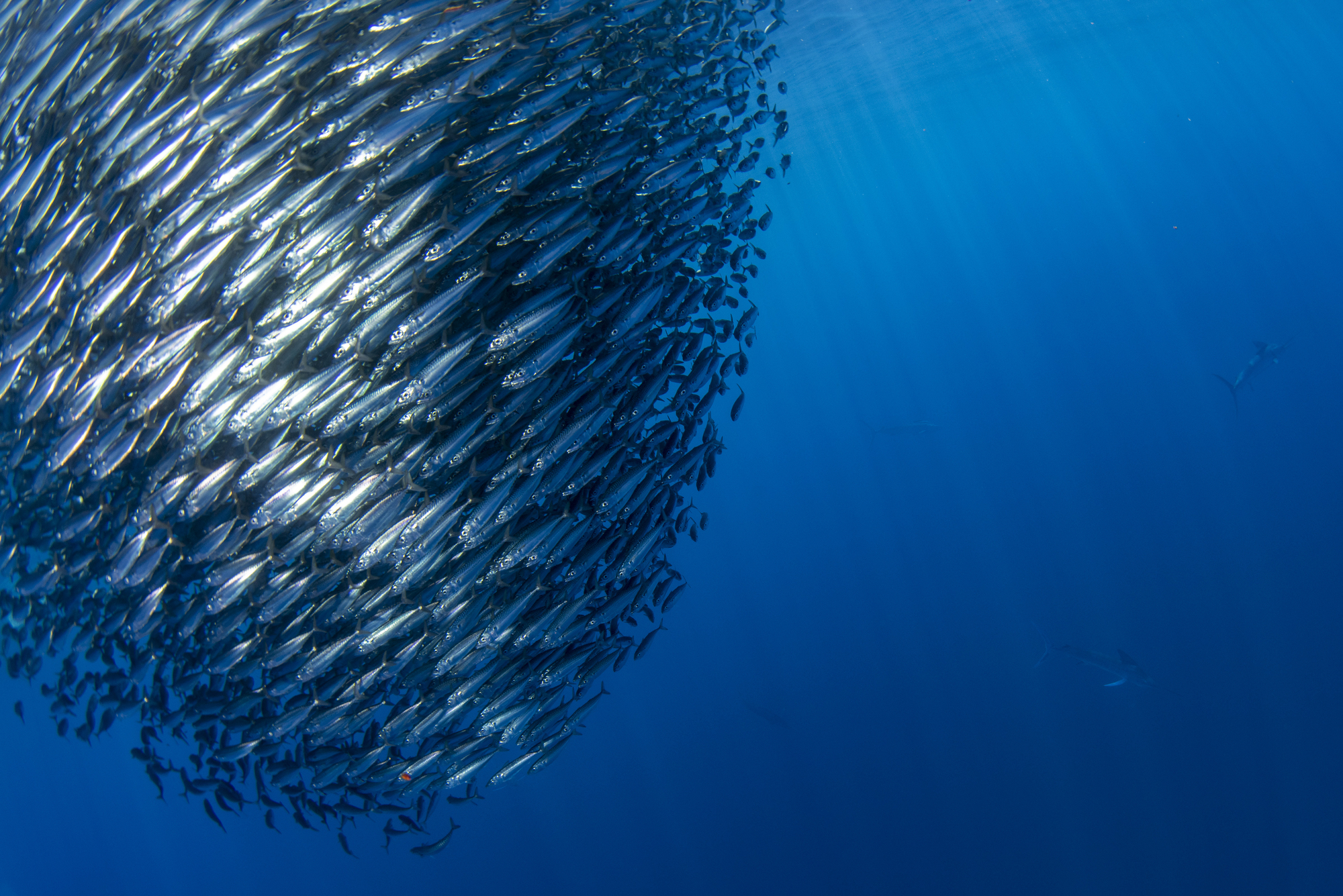
Every year, billions of sardines migrate north along South Africa’s east coast, creating one of the ocean’s greatest spectacles. Dolphins, sharks, whales, and seabirds converge on these massive schools in a feeding frenzy that’s visible from space.
It’s like watching the African savanna’s great migration, except everything happens underwater at breakneck speed.
Komodo National Park, Indonesia
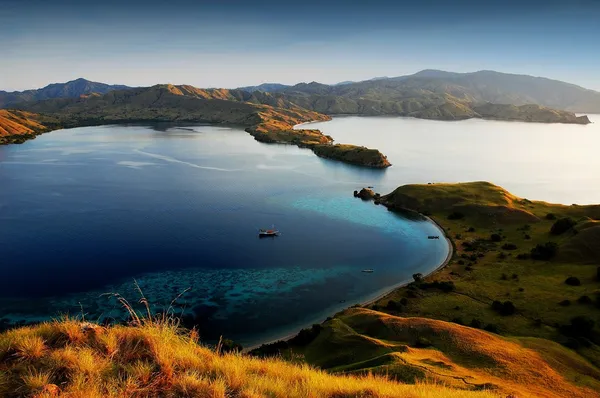
Though famous for its dragons on land, these waters harbor equally impressive marine life. Massive manta rays with 20-foot wingspans glide through crystal-clear channels while colorful coral reefs host an incredible diversity of tropical fish.
Strong currents bring nutrients that support both large pelagic species and tiny reef creatures, creating a complete underwater ecosystem.
Like Travel Pug’s content? Follow us on MSN.
Palau, Micronesia
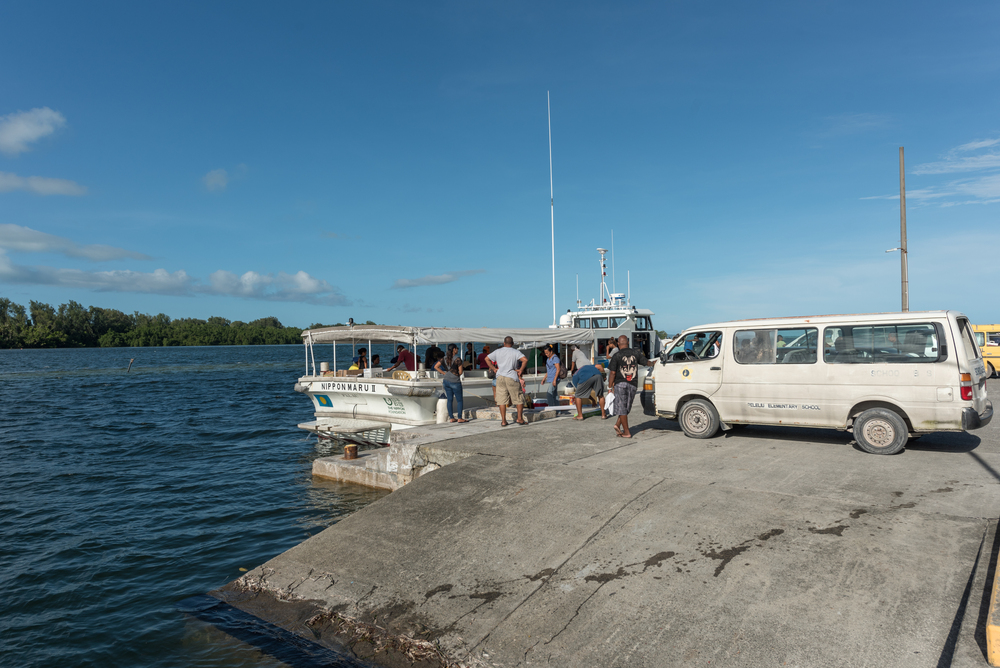
This island nation pioneered marine conservation by creating the world’s first shark sanctuary. Jellyfish Lake offers a surreal swimming experience with millions of harmless jellyfish that have lost their sting through evolution.
The surrounding reefs feature dramatic walls that drop thousands of feet into the deep blue Pacific, creating an almost otherworldly diving experience.
Svalbard, Norway

The world’s northernmost settlement sits at the edge of the Arctic Ocean, where polar bears hunt seals on shifting ice floes. Walruses haul out in massive groups while Arctic foxes patrol the shoreline for scraps and opportunities.
The midnight sun of summer creates ethereal light that makes wildlife encounters feel almost dreamlike, assuming visitors can handle the cold.
Fernando de Noronha, Brazil
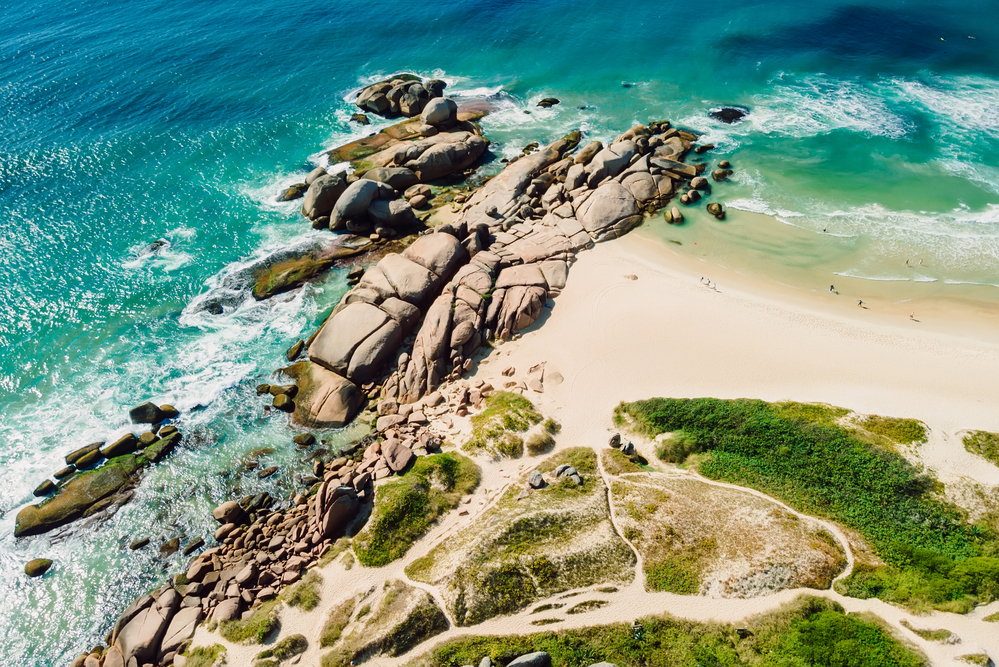
This volcanic archipelago, 200 miles off Brazil’s coast, limits visitors to protect its pristine marine environment. Spinner dolphins gather in the main bay each morning, performing acrobatic displays in the calm waters like they’re putting on a show.
Sea turtles nest on protected beaches while tropical fish swarm around underwater rock formations, creating a living kaleidoscope of color and movement.
Like Travel Pug’s content? Follow us on MSN.
Where Ocean Magic Continues to Thrive
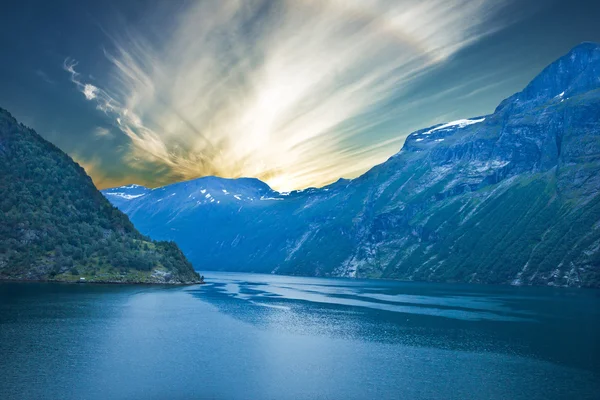
These destinations prove that our planet’s most incredible wildlife experiences often happen beneath the waves rather than on land. Each location offers something unique, from the tiny seahorses of temperate kelp forests to the massive whale sharks of tropical seas. The marine life in these places continues to flourish because local communities and governments recognize that healthy oceans benefit everyone involved.
Every visit to these magical places serves as a reminder that the ocean’s greatest treasures are very much alive and worth protecting for future generations who deserve to witness these underwater spectacles.
More from Travel Pug

- 20 Best Beach Towns in the Carolinas
- 13 Destinations Where Tourists Regularly Regret Their Trip
- 20 Things You Actually Get in First Class
- 20 Small Airports With Aviation Museums
- 20 Places in the U.S. That Are Perfect for a Reset Trip
Like Travel Pug’s content? Follow us on MSN.
